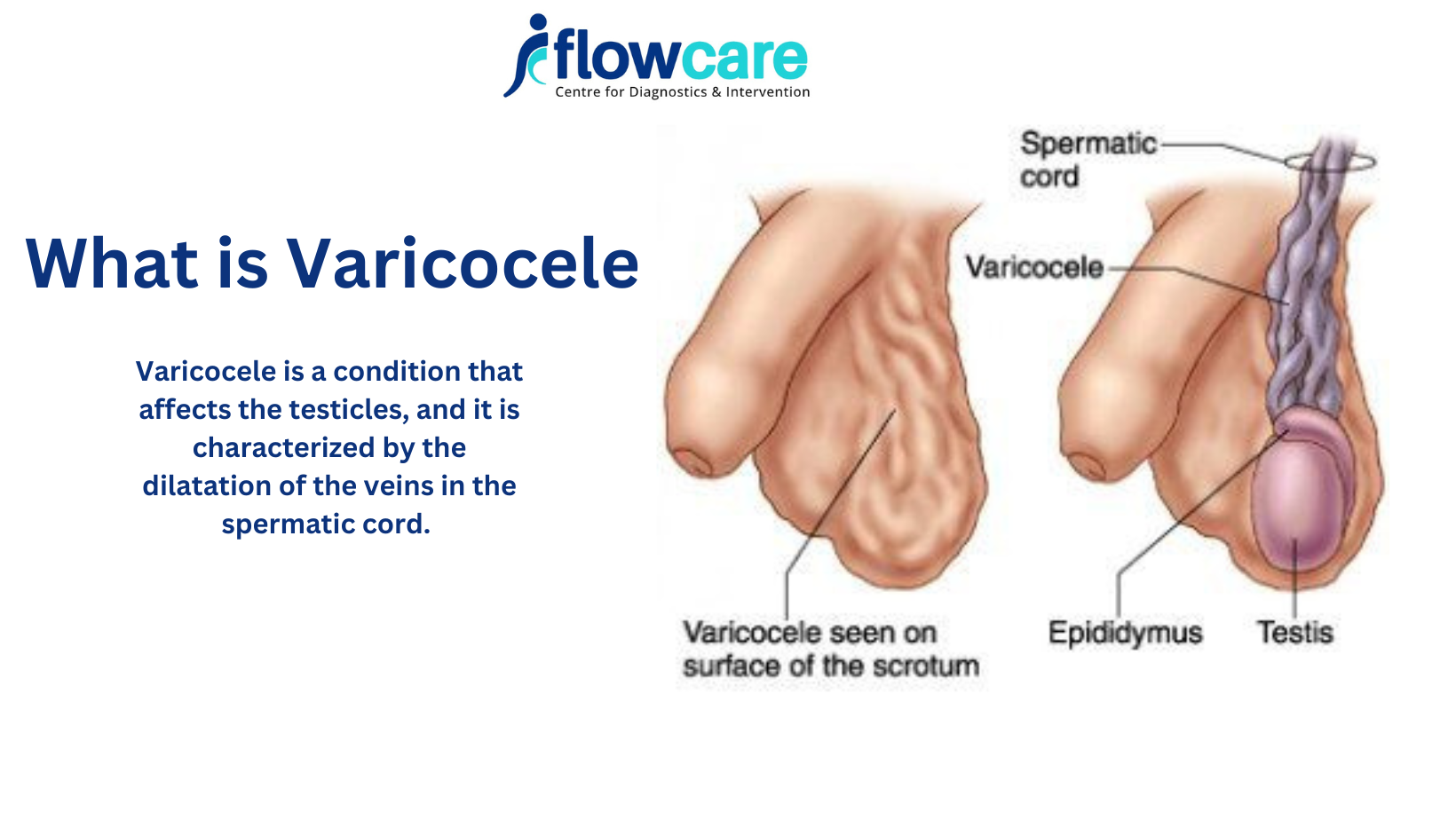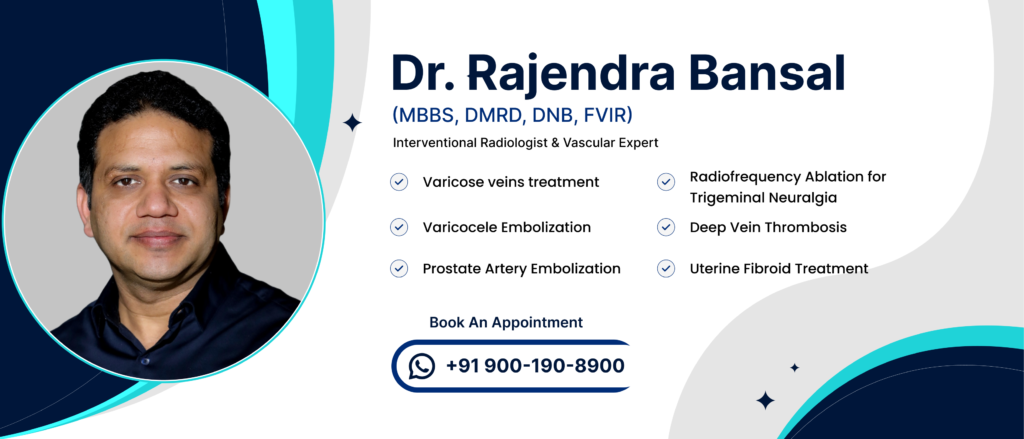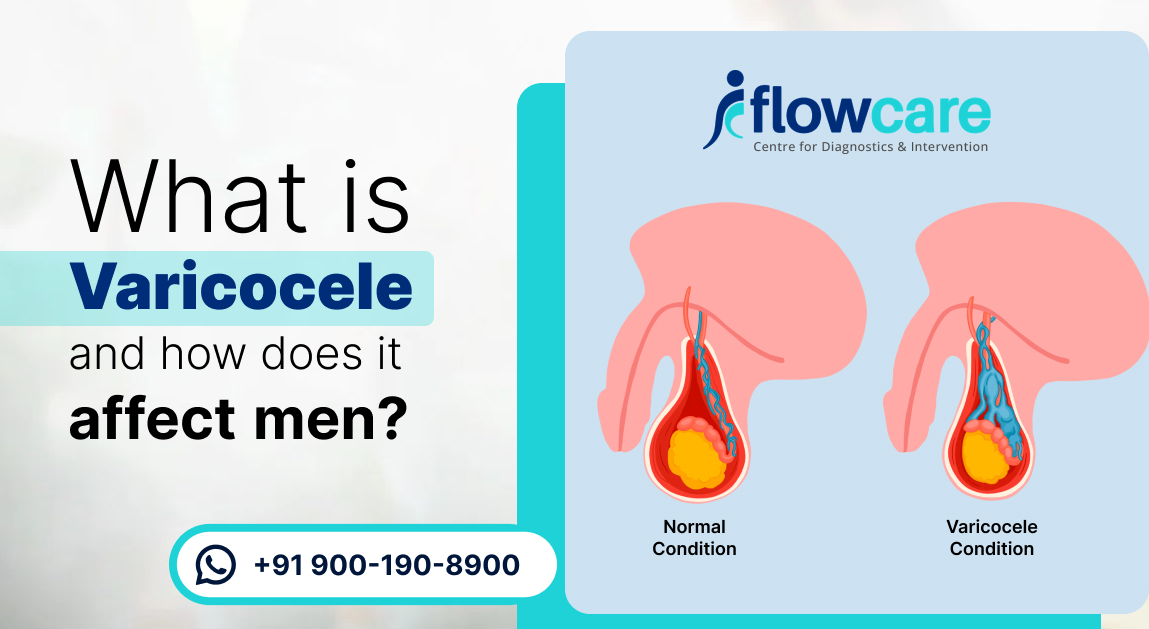
Varicocele treatment: Confusion among Micro-varicocelectomy and Varicocele Embolization
What is Varicocele?
Varicocele is a condition that affects the testicles, and it is characterized by the dilatation of the veins in the spermatic cord. This condition is usually benign; however, symptoms of varicocele include discomfort, pain, and a feeling of heaviness in the testicles. In some cases, varicocele can also cause infertility. The clinical diagnosis of varicocele is usually made by physical examination and Color Doppler test is confirmatory.
The treatment options for varicocele are diverse, and they range from conservative methods to surgical procedures. However, the confusion among embolization and micro-varicocelectomy has become a topic of debate among healthcare providers.
Difference between Micro-varicocelectomy and Varicocele Embolization:
Micro-varicocelectomy is a surgical procedure which requires the Urology Surgeon making a small incision in the scrotum and using a microscope to locate and isolate the affected veins. The veins are then tied off or occluded to redirect the blood flow, resulting in shrinkage of the varicocele.
On the other hand, Varicocele Embolization is a non-surgical or minimally invasive procedure, performed by an Interventional Radiologist, during which a small catheter is inserted into a blood vessel in the groin and guided to the affected veins. Embolic material is then delivered through the catheter to block the blood flow in the veins. This causes the vein to collapse, and the varicocele is eliminated.
Both procedures have their own unique benefits and drawbacks, so let’s compare them side-by-side and weigh the pros and cons of each:
| Micro-varicocelectomy | Varicocele Embolization | |
| Who Does | Urologist | Interventional Radiologist. |
| Risk Profile | Moderate risk profile | Very low risk profile |
| Anaesthesia | Spinal or General | Local |
| Cut & Suture | Yes | No |
| Hospital Stay | 1-2 Days | Day Care (4-6 Hours). |
| Cost | Approx. 60000-80000 INR | 80000-90000 INR |
| Recovery Period | 4-6 weeks | 2-3 days |
Myths Surrounding Micro-varicocelectomy and Varicocele Embolization:

Like any medical procedure, both of these procedures are not immune to myths and misconceptions that can lead to confusion and misinformation.
A few of the most common myths surrounding Micro-varicocelectomy are:
- Myth: Micro-varicocelectomy causes impotence.
Fact: Micro-varicocelectomy does not cause impotence, and there is no
evidence to suggest that the procedure affects sexual function in any way.
- Myth: Micro-varicocelectomy is painful.
Fact: As procedure is done under anaesthesia so its not painful. Few patients may feel discomfort and pain after the procedure, which can be managed with over-the-counter pain medications.
- Myth: Micro-varicocelectomy is not effective.
Fact: Micro-varicocelectomy is equally effective in treating varicoceles if done by a well-qualified competent surgeon.
Similarly, some of the common myths about Varicocele Embolization are:

- Myth: Varicocele embolization is painful.
Fact: As the procedure is minimally invasive and done by tiny holes, therefore the procedure is painless.
- Myth: Varicocele embolization is a lengthy procedure.
Fact: Varicocele embolization is a quick procedure that takes less than an hour to complete.
- Myth: Varicocele embolization is not effective.
Fact: Varicocele embolization is as good as micro-varicocelectomy in terms of clinical results. In fact it is better in terms of faster recovery and no cut on skin.
- Myth: Varicocele embolization causes impotence.
Fact: As it does not involve any cut on skin, there is no chance of any injury to other blood vessels or nerves.
It’s important to keep in mind that these myths are not based on facts and can lead to unnecessary fear and confusion about the procedure.
Conclusion:
Micro-varicocelectomy and varicocele embolization are both effective treatment options for varicoceles, and the best choice will depend on the individual’s specific needs and circumstances. Both procedures have similar success rates, but micro-varicocelectomy typically requires a longer recovery period and may be more invasive. On the other hand, varicocele embolization is less invasive, has a shorter recovery period, and carries a lower risk of complications. Ultimately, the best course of treatment will depend on factors such as the individual’s health status, the extent of the varicocele, and their personal preferences. It is important to discuss the options with a qualified healthcare provider to determine the best treatment for a specific case.








